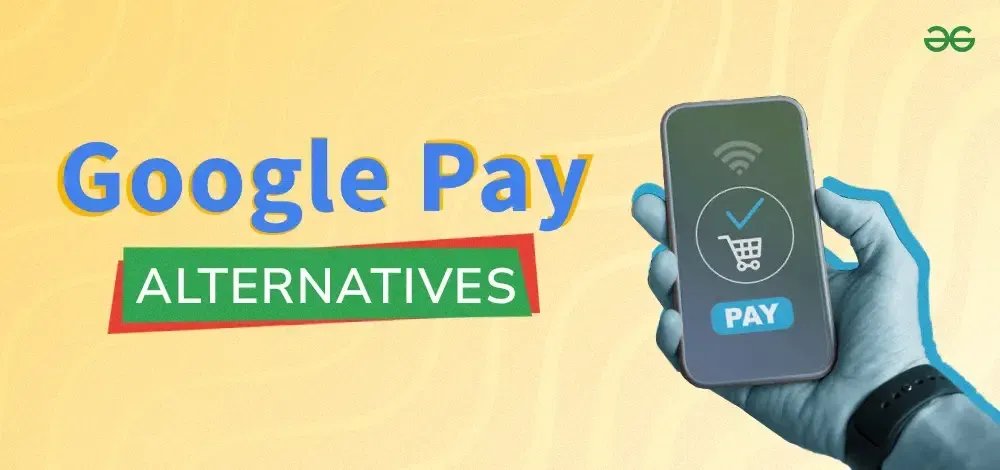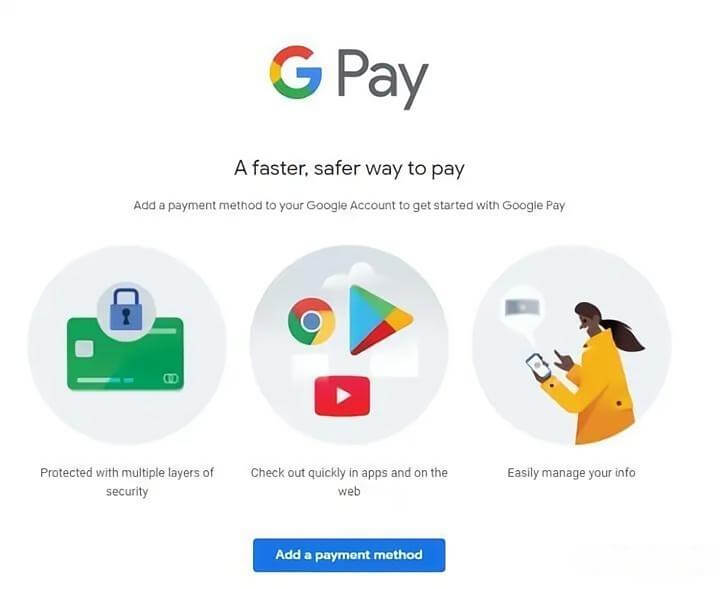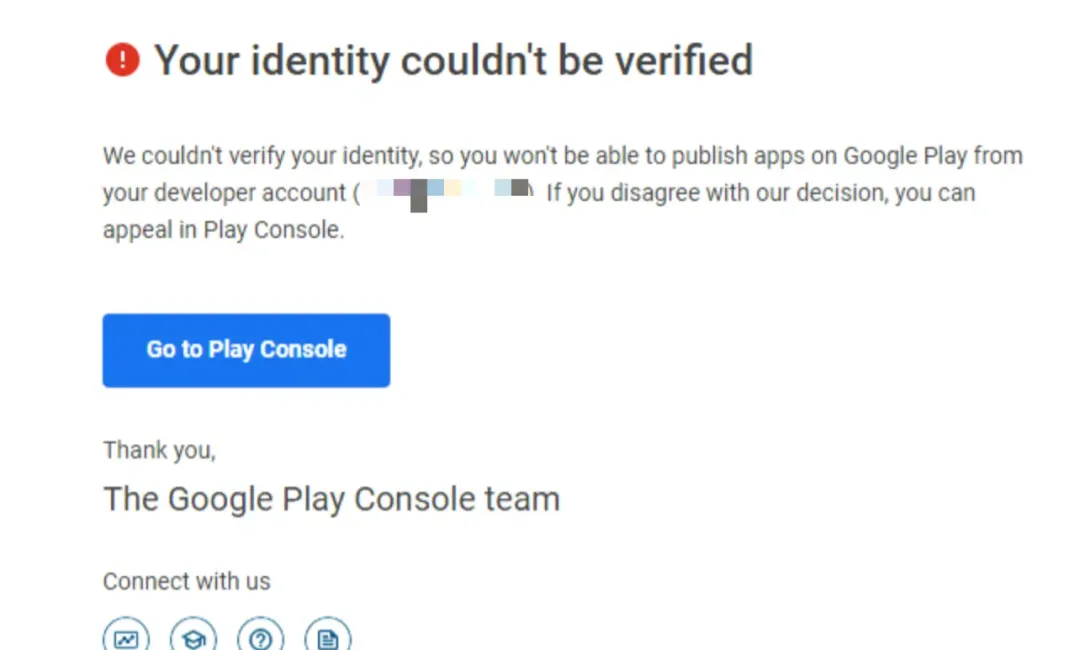In the previous article, we explored six common psychological effects in marketing, including the Flywheel Effect, Herd Behavior, the Detrimental Principle, the Veblen Effect, the Birdcage Effect, and the Psychology of Free. These effects not only reveal the logic behind consumer behavior but also provide brands with effective marketing strategies. However, the world of marketing is far more complex than just these six psychological effects. Today, we will continue to delve deeper into more psychological effects commonly involved in marketing planning, helping brands gain a more comprehensive understanding of consumers and formulate more precise and effective marketing plans.
Marketing is not only about selling products; it is also about the art of capturing hearts. In this process, understanding the subtleties of human nature becomes crucial. Next, we will introduce several equally important psychological principles that are widely applied in practice. These principles also influence consumer decision-making and play an indispensable role in marketing activities. Let’s explore these psychological effects together and see how they invisibly shape our shopping habits and brand loyalty.
1. The Compromise Effect – A "Safer" Choice
The Compromise Effect refers to the tendency of people to choose the "middle" option when faced with multiple choices. The middle option allows consumers to feel a lower perceived risk because it seems safer than the extreme options. At the same time, the middle option aligns more with social norms, avoiding the impressions of being too extravagant or too frugal. According to Herbert Simon's “satisficing principle,” people generally aim for a satisfactory solution rather than the optimal one when making decisions, and the middle option is often perceived as "good enough."
This tendency typically occurs when consumers face a series of choices with significant differences, especially when there are extreme options, making the middle choice seem more reasonable and safe.
For example, if you visit a Western restaurant for the first time, the menu offers three meal options:
Option A: 98 yuan (includes main course + salad)
Option B: 188 yuan (includes main course + salad + soup + dessert)
Option C: 388 yuan (includes main course + salad + soup + dessert + a bottle of wine)
In this case, many people are likely to choose Option B because it offers more than Option A but is cheaper than the most expensive Option C. When unsure of the best choice, consumers may feel that Option B provides the best value for money—neither too modest nor too luxurious—and even if the meal isn't great, the loss won't be too high.
2. The Pandora Effect – The Forbidden Always Tempts
The Pandora Effect is derived from the Greek myth of Pandora, who, driven by curiosity, opened a forbidden box, releasing all the world's disasters. In psychology, this effect describes a type of reverse psychology where people are more inclined to pursue or acquire things that are forbidden or restricted.
In marketing, the Pandora Effect is used to stimulate consumers’ curiosity and desire to explore by setting barriers or restrictions to increase the attractiveness of a product or service.
For example, establishing membership clubs or VIP services can attract non-members who aspire to become members. Secret marketing strategies, like invitation-only early access to new products, also trigger curiosity. In the food industry, offering a "hidden menu" adds an element of exploration and promotes word-of-mouth marketing.
These strategies leverage consumers' reverse psychology, making them more likely to try or purchase the products or services offered by the brand.
3. The Ripple Effect – Central Figures Driving Influence
The Ripple Effect refers to the phenomenon where a stone thrown into water creates ripples that spread outwards. Psychologically, it describes how influential people affect those around them through their social connections and status.
In marketing, the Ripple Effect is primarily seen in leveraging the influence of well-known figures (such as key opinion leaders, celebrities, industry leaders) to enhance the brand’s credibility and appeal. When these central figures recommend a product or participate in an event, their followers or fans are more likely to trust and mimic them. This influence extends beyond the immediate circle and spreads further through social media and other channels, creating a broader social impact.
For instance, Apple collaborated with Taylor Swift to promote Apple Music, increasing product attention. Beauty brand Perfect Diary partnered with several beauty influencers to quickly raise brand awareness. Similarly, Nike leveraged NBA stars in advertising campaigns to enhance brand recognition, and Xiaomi’s executives participated in fan meetups to boost brand loyalty and identification.
4. The Rosenthal Effect – Belief Fuels Action, Action Fosters Belief
The Rosenthal Effect, also known as the Pygmalion Effect or the Expectation Effect, refers to how positive reinforcement can increase people's confidence, encouraging them to work harder to achieve their goals. This effect shows that when individuals sense positive expectations from others, they tend to act in accordance with those expectations.
The Rosenthal Effect is named after American psychologist Robert Rosenthal, who, along with Jacobson, conducted an experiment in a primary school in 1968. They randomly selected some students and told the teachers that these students were expected to perform exceptionally well in the coming year, though in reality, these students were chosen at random and showed no special potential. After one school year, they found that the students identified as having high potential performed better. Rosenthal concluded that the teachers' high expectations directly influenced the students' performance through subtle changes in their attitude and behavior, resulting in a self-fulfilling prophecy.
In marketing, the Rosenthal Effect is applied through encouragement and positive feedback to enhance user engagement and loyalty. Practical applications include user reward mechanisms, membership incentive programs, social media interactions, customer success stories, product experience optimization, and community building.
For example, the fitness app Keep provides encouragement and feedback during users' workouts, such as, "You've run 4 kilometers in 40 minutes, keep it up!" This positive reinforcement boosts users' motivation to continue exercising, leading them to develop a positive view of their workout experience and strengthening their attachment to the Keep brand, creating a virtuous cycle of “action-reinforcement-positive feedback.”
5. The Peak-End Rule – Peak Pleasure, Final Satisfaction
The Peak-End Rule states that people’s memories of an experience are mainly determined by the peak moments (whether positive or negative) and the final feeling. This means that even if there are many details throughout the experience, what people remember most are the strongest emotional moments and how they felt at the end.
Marketing can leverage the Peak-End Rule by designing peak moments and pleasant endings to enhance overall customer satisfaction. This can be applied in experience design, customer service, event planning, product experience, and after-sales service. For instance, Ikea sets up a 1-yuan ice cream stand near the exit to offer a pleasant ending to the shopping experience, leaving customers with a positive impression despite the potentially tiring process of navigating the store. Additionally, Ikea uses engaging design and display rooms throughout the store to keep customers excited and interested during their shopping journey, ultimately boosting overall satisfaction.
6. The Halo Effect – Enhancing the Overall Image Through Partial Advantages
The Halo Effect refers to how a positive impression in one area can influence the overall evaluation of an entity. When one aspect or feature leaves a deep impression, the positive feelings extend to the overall evaluation of the subject.
In marketing, the Halo Effect is applied by highlighting one or more advantages of a product or brand to enhance the overall brand image. This can involve brand positioning, product characteristics, service quality, advertising, or corporate social responsibility initiatives.
For example, Apple’s sleek design and excellent user experience lead consumers not only to highly praise the appearance but also to form positive impressions of its hardware performance and software ecosystem. This good impression extends to Apple's other products and services, enhancing its overall brand image.
Conclusion
Marketing is not just about selling products; it’s about deeply understanding the subtle nuances of human nature. By flexibly applying these psychological effects, marketers can help brands better understand consumer behavior, formulate more precise and effective marketing strategies, enhance the competitiveness of products and services, and strengthen brand loyalty. This ultimately leads to improved sales performance and the establishment of a strong brand presence in a highly competitive market.






